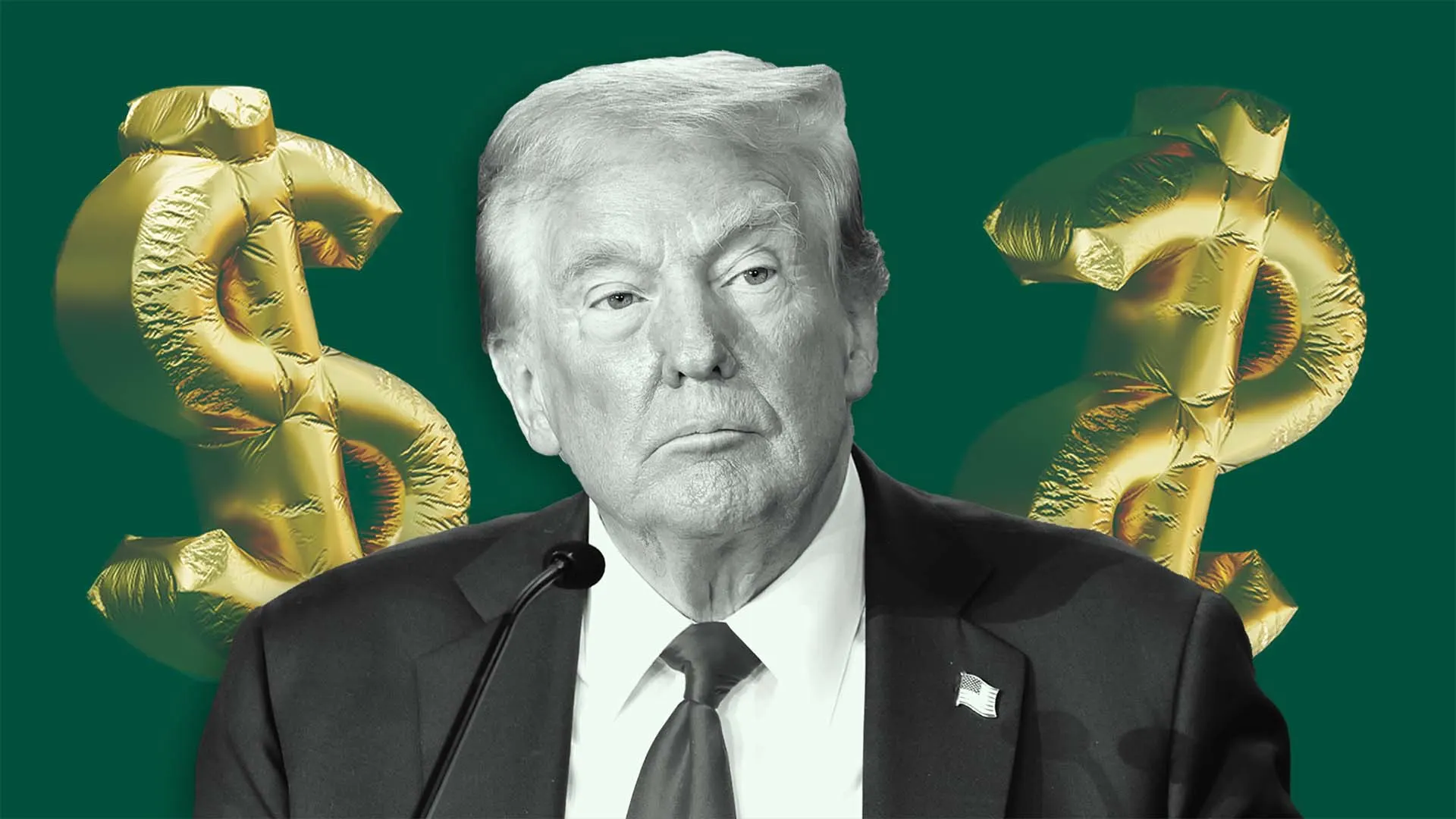In recent years, the global labor market has faced numerous challenges, from technological disruptions to the aftermath of the COVID-19 pandemic. Adding to these complexities, the trade policies implemented by former U.S. President Donald Trump, particularly the imposition of import tariffs, have had significant repercussions on employment trends worldwide. This article delves into the multifaceted effects of Trump's import tariffs on the labor market, examining both domestic and international implications.
Understanding Trump's Import Tariffs
During his tenure, President Trump introduced a series of import tariffs aimed at protecting American industries and reducing trade deficits. These tariffs targeted a range of goods, including steel, aluminum, and various consumer products, primarily from countries like China, Canada, and Mexico. The rationale was to encourage domestic production by making imported goods more expensive, thereby boosting local employment.
However, the implementation of these tariffs led to increased costs for U.S. manufacturers reliant on imported materials. This, in turn, affected their competitiveness and profitability, leading to unintended consequences in the labor market.
Domestic Labor Market Implications
The immediate impact of the tariffs was felt across various sectors in the United States. Manufacturing industries, especially those dependent on imported components, faced rising production costs. As a result, some companies reduced their workforce or halted expansion plans.
Moreover, the uncertainty surrounding trade policies led to decreased business confidence. Companies became more cautious in their hiring practices, leading to a slowdown in job creation. According to reports, the U.S. job market, while still adding jobs, showed signs of cooling, with hiring growth dropping significantly in certain quarters.
Global Ripple Effects on Employment
The repercussions of the U.S. import tariffs were not confined within its borders. Countries exporting goods to the U.S. experienced reduced demand, leading to production cuts and job losses. For instance, Canada's unemployment rate rose to 6.9% in April 2025, with the manufacturing sector losing 31,000 jobs during the month, largely attributed to the economic fallout from U.S. tariffs.
Similarly, European recruitment firms reported a decline in hiring activities, citing the uncertainty and reduced global trade volumes as primary reasons. The interconnectedness of global supply chains meant that disruptions in one region had cascading effects elsewhere, impacting employment across continents.
Sector-Specific Impacts
Certain sectors bore the brunt of the tariffs more than others. Industries like automotive, electronics, and machinery, which rely heavily on international supply chains, faced significant challenges. The increased costs of imported parts led to higher product prices, reduced demand, and consequently, workforce reductions.
Conversely, some domestic industries, such as steel production, initially benefited from reduced foreign competition. However, these gains were often short-lived, as retaliatory tariffs from other countries affected exports, and the overall economic slowdown dampened demand.
Long-Term Labor Market Consequences
Beyond immediate job losses, the tariffs introduced long-term uncertainties in the labor market. Companies became hesitant to invest in new projects or expand operations, fearing sudden policy shifts. This cautious approach hindered job creation and slowed economic growth.
Furthermore, the tariffs strained international relations, leading to trade wars that disrupted global markets. Such tensions affected investor confidence and led to volatility in employment trends worldwide.
Policy Recommendations and Future Outlook
To mitigate the adverse effects of protectionist trade policies on the labor market, several measures can be considered:
- Diversifying Supply Chains: Encouraging businesses to diversify their supply sources can reduce dependency on specific countries and minimize risks associated with tariffs.
- Investing in Workforce Development: Providing training and upskilling opportunities can help workers transition to sectors less affected by trade disruptions.
- Promoting International Cooperation: Engaging in multilateral trade agreements can foster stable economic relationships and reduce the likelihood of retaliatory tariffs.
Looking ahead, it's crucial for policymakers to balance the objectives of protecting domestic industries with the broader implications for the labor market. Transparent and consistent trade policies can provide businesses with the confidence to invest and expand, leading to sustainable employment growth.
Conclusion
Trump's import tariffs, while aimed at bolstering domestic industries, had complex and far-reaching effects on the labor market, both in the U.S. and globally. The ensuing economic uncertainties underscored the delicate balance between protectionist policies and global economic integration. As the world navigates the post-pandemic recovery, lessons from this period highlight the importance of thoughtful trade strategies that consider the multifaceted impacts on employment and economic stability.
Read More






 Thursday, 27-11-25
Thursday, 27-11-25







